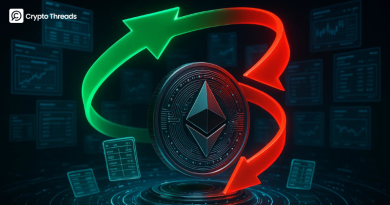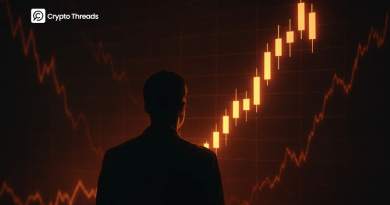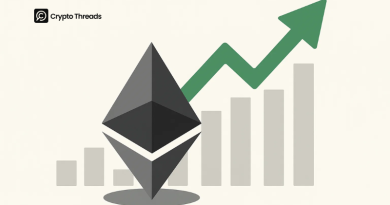Types of Quantitative Trading Risk for Dummies
Introduction: Why risk really matters in trading!
In this article, we will be digging deep into the world of risk in quantitative trading. Why is risk important, you may ask? It’s quite simple, really. Think of it like this: we need money to make money. If we lose all our money, well, we don’t have any funds left to actually make money! So, we need to keep our risk in check – like holding the reins of a wild horse – to make more profit in the long run. It’s about smart survival to enjoy the trading journey and reap the rewards later.
If we lose too much money, It will be really hard to cover it
Now let’s take a look at this chart to see how much money we have to gain after each type of loss. Imagine you’re on a seesaw – losses push you down, and gains need to pull you back up, and even higher for profit!
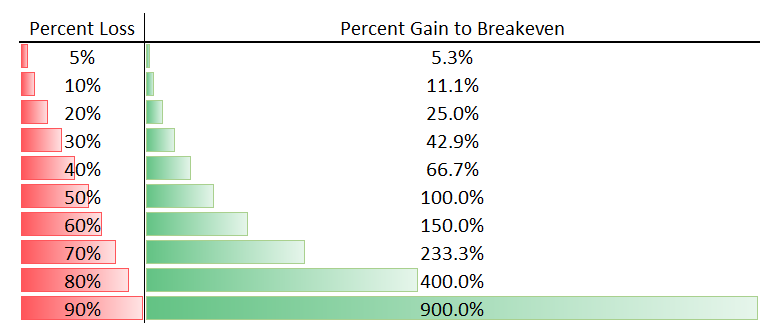
Source: www.alphamont.com
As you can see, when you lose more than 10%, the percentage of money you need to make just to break even starts getting seriously higher. It’s like climbing a steeper and steeper hill. When you lose 50%, you will literally need to double your remaining money just to get back to where you started – the break-even point. Think about that for a second – double! When you lose too much, you end up in a situation where you’re just trading to get back to square one, not even trading for actual profit and that would be incredibly frustrating and frankly, a bit painful. You should really remember this chart, maybe even print it out and stick it on your wall! Because throughout the whole game of trading, survival is key. You need to survive the bumps and dips in order to make profit in the long run. So, the ideal maximum loss you should consider for your entire portfolio as a beginner trader is around 8 – 10%, and for more seasoned, professional traders it might be a bit higher, around 10% – 15%. It’s about knowing your limits and sticking to them.
Understanding the Types of Risk
Let’s break down the different kinds of risks you’ll face in quant trading – think of them as different flavors of potential headaches you need to avoid.
Market risk
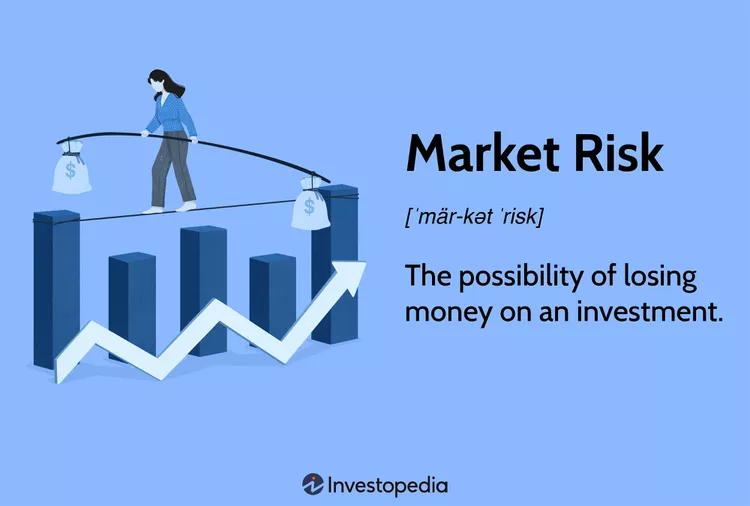
Source: Investopedia
This is the most common type of risk, the one you bump into every day in the market. It’s all about volatility. Now, volatility in simple terms is just how much an asset “wiggles” in price. Imagine a calm lake versus a stormy sea – the stormy sea is much more volatile and therefore, riskier to sail on! More wiggle means more volatility and generally, more risk! You are exposed to market risk simply by owning any type of asset, be it stocks, crypto, or anything else. One sneaky underlying risk within market risk pops up when you trade too many assets that are highly correlated. Correlation, in simple terms, means two or more assets “wiggle” together. They might wiggle with slightly different amounts, but they tend to move in the same direction, like two dancers doing similar moves. If you have multiple positions in different assets that are highly correlated, it can make your whole portfolio wiggle way too much, because you’ve essentially amplified the market’s movements by holding multiple correlated positions. It’s like betting on the same horse in multiple races – if that horse has a bad day, you lose all your bets! Diversification – spreading your bets across different, uncorrelated assets – is a key way to manage this.
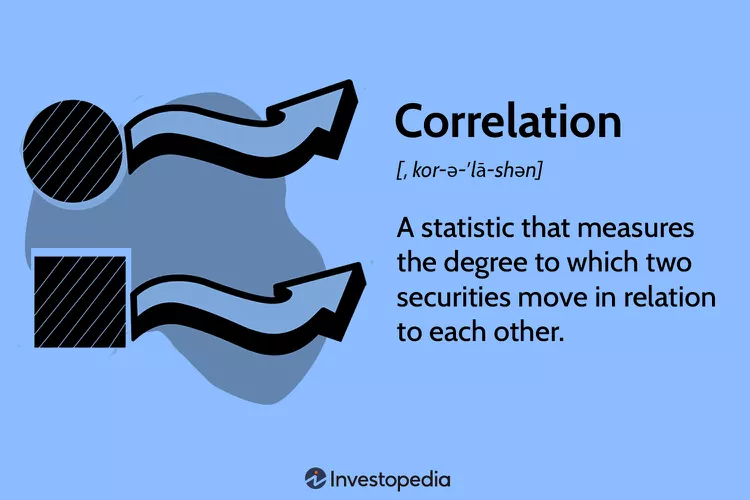
Source: Investopedia
Model Risk
Model risk is like having a map that leads you in the wrong direction. It’s what happens when you have a buy strategy for an asset that’s persistently going down – yikes! It means you’ve got the wrong assumptions about the market baked into your trading approach. Think of it as your core trading strategy, or even just your basic understanding of how the market works, being flawed. The reasons for model risk can come from a whole bunch of places. For example, using bad data to build your strategy is a classic mistake – garbage in, garbage out, as they say! Cognitive biases can also creep in when you’re doing your market analysis. Maybe you’re only seeing what you want to see, ignoring evidence that contradicts your plan. Survivorship bias is another sneaky one – it makes us only look at stocks or strategies that have survived and done well, completely ignoring all the ones that failed and disappeared! There are honestly tons of ways for mistakes to creep into your trading strategy as you go through the process of coming up with it. Careful testing and critical thinking are your best defenses here.
Operational risk
As a quantitative trader, almost every trade execution you do is using code – lines and lines of it! Operational risk, sometimes called technical risk, comes into play when your code has errors, bugs, or just plain mistakes. These code gremlins can lead to all sorts of problems. It could mean your robot accidentally buys or sells a position when it shouldn’t, or even worse, it could go haywire and buy or sell way too much of an asset, risking a huge chunk of your money if it happens at the wrong time. Imagine a typo in your code causing your robot to buy 1000 shares instead of 100! Testing your code thoroughly, debugging meticulously (finding and fixing those code gremlins), and having robust systems in place are crucial to minimize operational risk. It’s like double-checking your airplane before takeoff – you really want to make sure everything is working as it should!
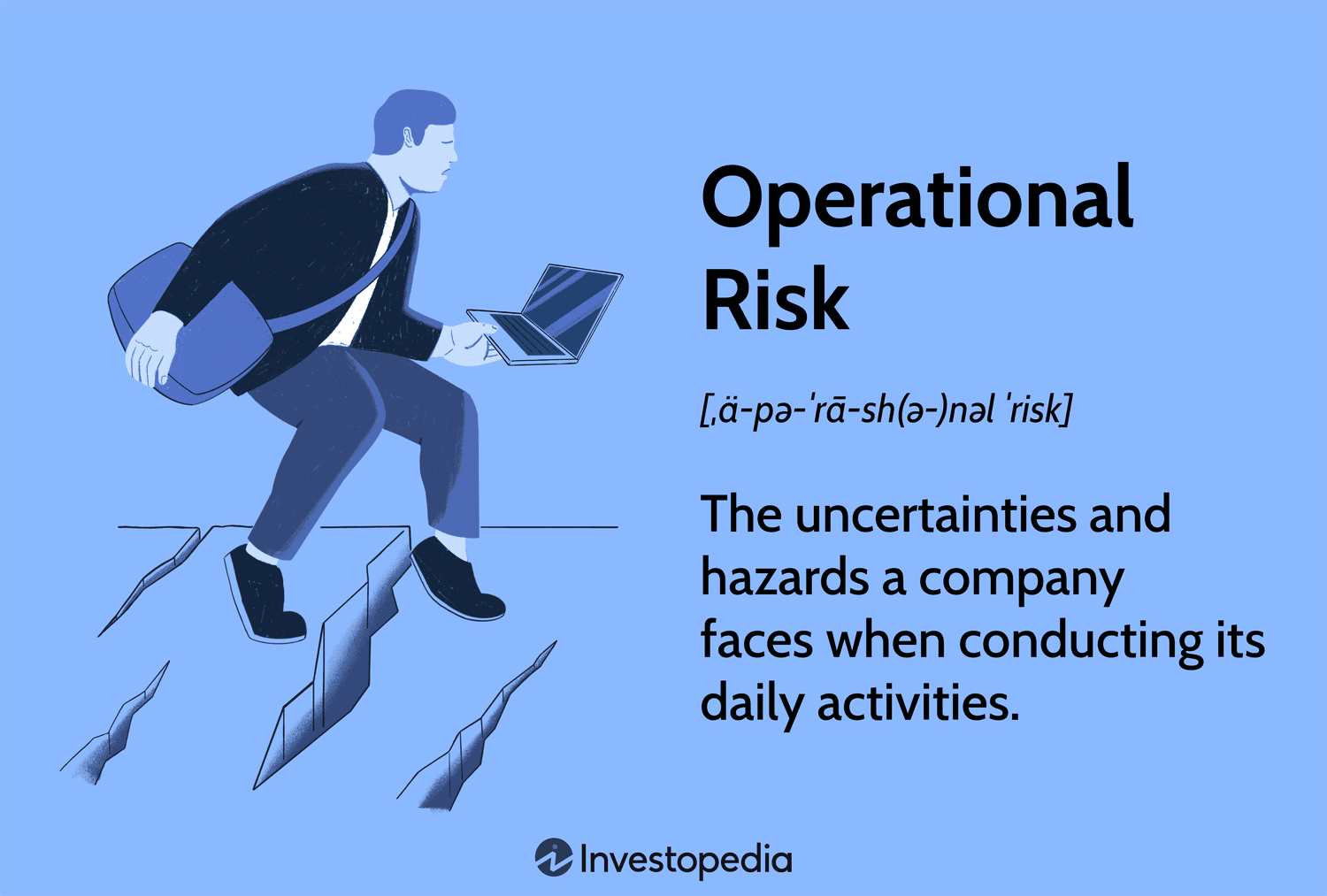
Source: Investopedia
Liquidity Risk
Liquidity risk is all about how easily you can buy or sell an asset when you want to. Imagine you have 1000 potatoes and want to sell them all quickly, but in the entire world, there’s only one person who wants to buy just 10 potatoes! That’s a liquidity problem! In trading terms, liquidity risk happens when you enter a market where liquidity is thin – meaning not many people are actively buying or selling. This makes your assets very hard to buy or sell, especially if you’re trying to trade in larger quantities. For example, if you’re trying to sell a large block of shares in a small, less-known company, you might find there aren’t enough buyers at the price you want. You might have to lower your selling price significantly just to get rid of your position, costing you money. Liquidity is like oil in the engine of trading – without enough of it, things can grind to a halt, or at least become very inefficient and costly. Trading in highly liquid markets, like major stock exchanges for popular stocks, generally helps to avoid liquidity risk.
Conclusion: Don’t Let the Robots Run Wild!
So, there you have it – a beginner’s tour of the main risk villains in the world of quantitative trading. From the broad swings of market risk to the sneaky dangers of model and operational risks, and even the often-overlooked challenge of liquidity, risk management is not just an optional extra in quant trading – it’s the absolute foundation. Think of your risk management strategies as the safety brakes and steering wheel on your high-speed trading robot. Without them, your fancy algorithms could very easily drive your portfolio right off a cliff! Understanding these risks, and implementing simple but effective tools like position sizing, stop-losses, and diversification, are your best defenses. Remember that chart about losses – survival is the name of the game! Start small, keep learning, and always, always, keep a close eye on your risk. Quant trading can be powerful, but smart risk management is what will actually empower you to succeed in the long run. Now go out there and trade smarter, not just harder!. We will be cover how to avoid and reduce these types of risks in our future article, you could check out how to pick the best trading bots in the crypto space in this article

